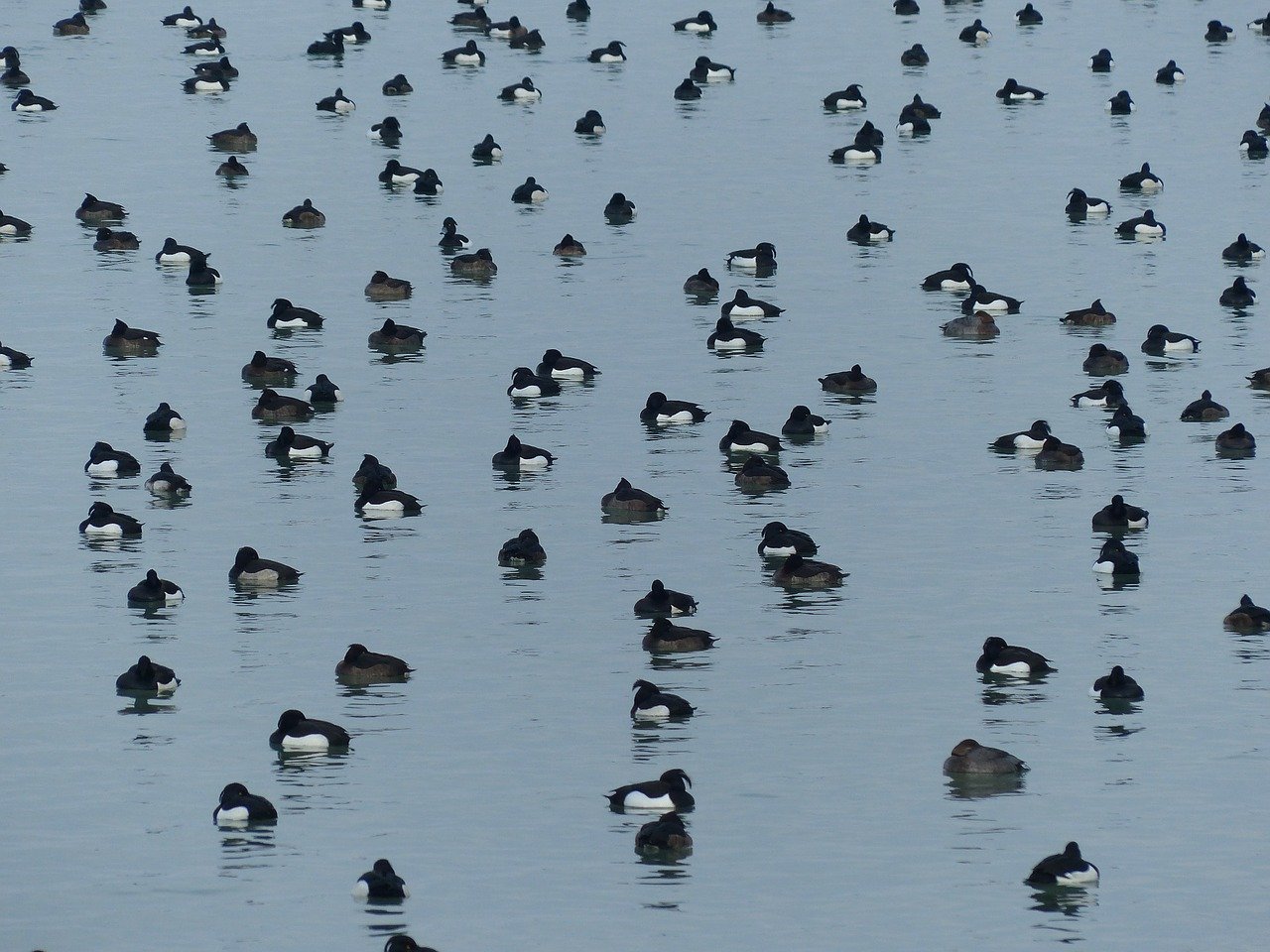Faktorer som bestämmer olika rumslig fördelning av övervintrande viggar Aythya fuligula och knipor Bucephala clangula i västra delen av Gdanskbukten, Polen
DOI:
https://doi.org/10.34080/os.v13.22810Nyckelord:
vinterekologi, rastplatser, Anatidae, beteende, födosöksekologi, klimateffekterAbstract
Tufted Duck and Goldeneye wintering in the western part of the Gulf of Gdańsk (Poland) were counted in January 1988—1999. In all seasons, the concentrations of the two species were observed in different places. Tufted Ducks gathered in areas well protected against waves and winds (in harbours, near breakwaters, in the river mouths). Goldeneyes preferred areas abundant in food and with shallow water. This distribution difference of the species could be affected by their behaviour. Tufted Duck searched quiet resting places by day when Goldeneye mainly foraged in the same time. During all seasons, adult male ratio of both species was similar. Adult males were the most numerous group during severe winters (with ice-cover in part of the study area). This could be a result of arrival of birds from frozen wintering areas in northern Europe (predominance of males) and of abandonment of the study area by females and young birds, which are less resistant to bad conditions. In mild winters, individuals in female plumage predominated in the majority of the coastal sectors.
Nedladdningar

Downloads
Publicerad
Referera så här
Nummer
Sektion
Licens
Författaren/författarna innehar copyright för varje enskilt bidrag, men samtliga bidrag är publicerade under en Creative Commons-licens, så att vem som helst kan dela och återanvända bidraget förutsatt att copyright-innehavaren erkänns.







